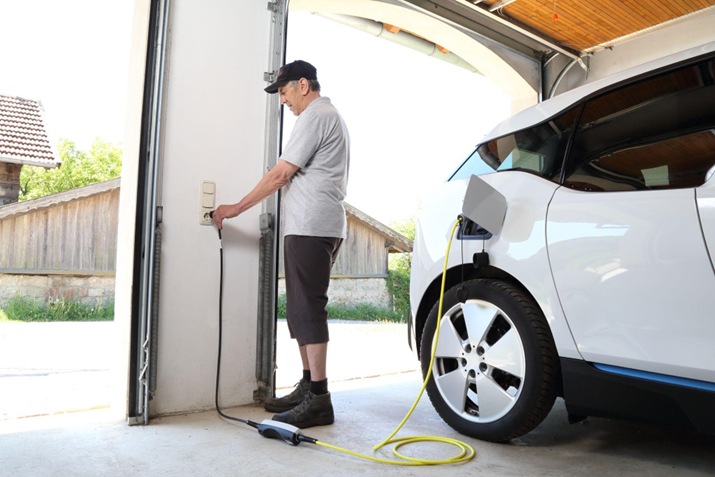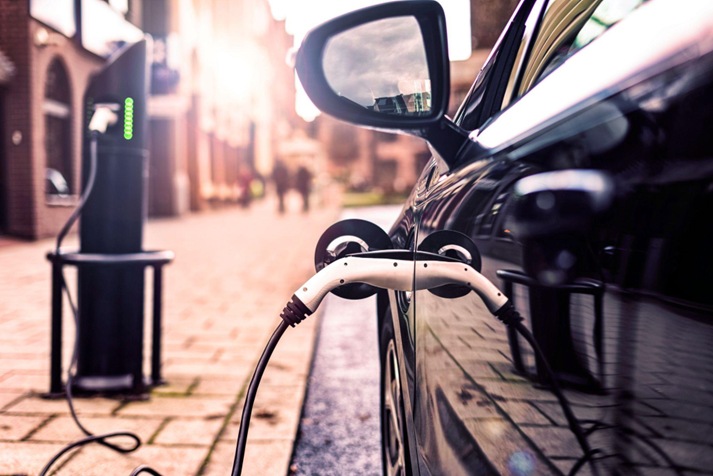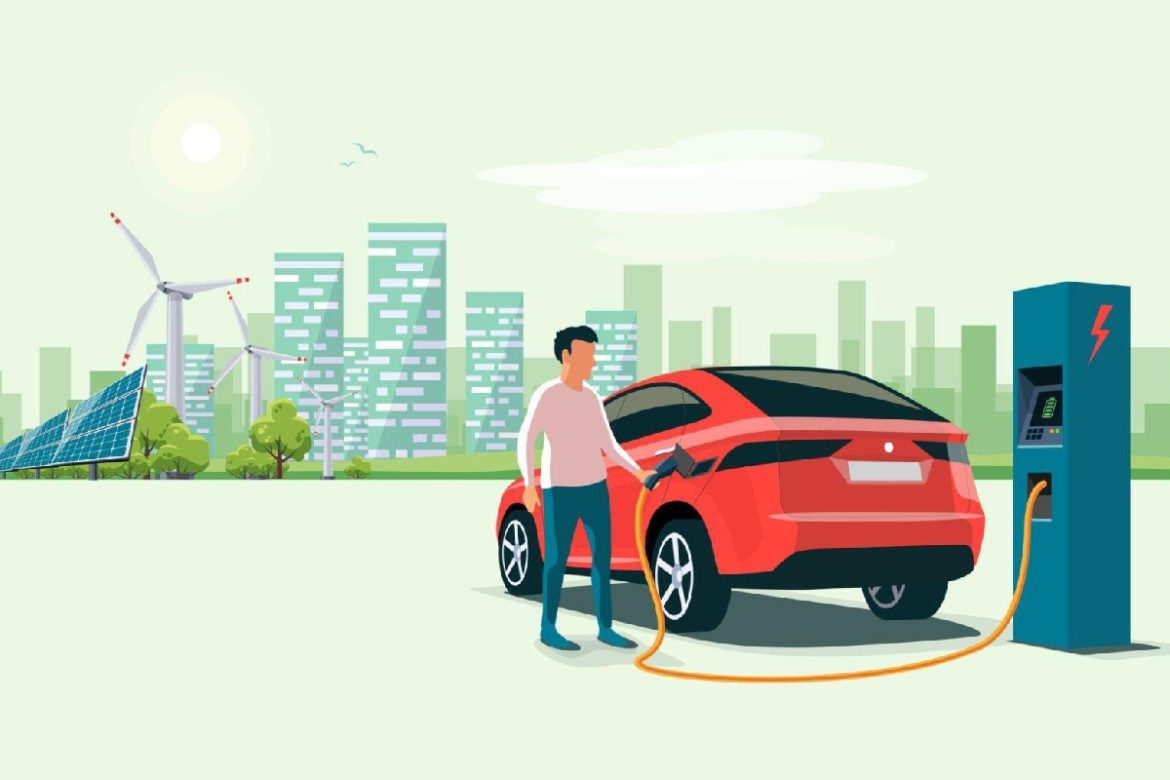Electric Car Charging Work – The idea of plugging in your Electric Car is still a little bit weird to a lot of people, and it’s true that trading the gas pump for an extruded aluminum enclosure on the wall of your garage is definitely a big change. It’s great to know some basics about how new technologies work before you decide if they’re right for you.
What’s more, even people who have already bought an EV or plug-in hybrid might not be completely sure how the process works. Whether you own an EV yet or not, we’ve got some answers about charging that will help you understand this important aspect of EV ownership.

Table of Contents
Understanding EV Batteries
Almost all electric vehicles use a lithium ion battery pack as their power source to move the drivetrain. Instead of gasoline combustion that powers cylinders and pistons, an EV uses stator and rotor magnets as part of a sophisticated electric powertrain that turns the wheels. These magnets’ power supply comes from the lithium ion battery.
You might recognize our friend, the lithium ion battery, from technologies like the battery in your smartphone, the battery in your laptop, and almost every other rechargeable battery in 21st century technology. The lithium ion batteries in EVs are almost identical to these EV batteries, just much larger and adapted to power a drivetrain.
Fully electric vehicles have no drivetrain power source other than their batteries. Plug-in hybrid electric vehicles (PHEVs) have both a gas tank and an electric battery, though a smaller one than a full EV. Most EVs also run their heating and air conditioning from the main battery, which means that the vehicle’s range can drop significantly in extreme temperatures.
What Happens When an EV Charges?
As an EV battery expends energy to power the drivetrain, it gets depleted. Thus, you’ll need to plug your EV into an electric vehicle supply equipment (EVSE), more commonly known as an EV charger or charging station.
Charging the battery, to give a simplified version, involves sending lithium ions back from the battery’s cathode toward its anode. When the battery is unplugged from the charger, the lithium ions flow in the opposite direction, from the anode toward the cathode, generating electrical current. This chemical process is what powers all lithium batteries.
An EV battery’s size determines its storage capacity, and its storage capacity is what determines the vehicle’s range. The size of a battery is measured in kilowatt hours (kWh), with the average EV battery holding an average of 60.1 kWh, for a range of approximately 200 miles. The largest EV batteries, however, can top 300 miles, and several of these models are now on the market.
Types of EV Supply Equipment
EVSEs are divided into three levels based on how much electric current they draw and, thus, how quickly they can charge an EV battery:
- Level 1 EVSEs are compatible with the 120V outlets that you already have in your home. When you buy an EV or PHEV, it will come with a Level 1 charger. These chargers provide enough power for most PHEVs to charge overnight. But they’re a last resort for EV owners because they take an extremely long time to charge the larger batteries on full EVs.
- Level 2 EVSEs are 240V outlets that offer much faster charging to EV owners. They’re highly recommended for anyone who owns a full EV, and they’re much faster at charging PHEVs, too. However, a Level 2 charger still usually requires several hours to fully charge an EV battery.
- Level 3 EVSEs pull a whopping 440V and can charge most EV batteries fully in under two hours. Unfortunately, these aren’t available for home installation, so you’ll have to find a local DC power charger station. Tesla supercharger stations also offer DC fast charging, but only to Tesla drivers.

Home EV Charging Stations
A home charging station is a must-have for most EV owners. You’ll charge your vehicle here while it’s not in use to replenish its battery—and trust us when we say that you want to have your EVSE installation completely sorted out before you take possession of an EV.
If you’re not lucky enough to live in a house or apartment building that’s already outfitted with Level 2 EVSEs, you’ll need to have a home EVSE station installed. The cost of installing an EVSE varies, but HomeAdvisor estimates the average at around $750.
The cost is relatively high because you’ll need to hire a professional electrician to do it. Installing an EVSE usually requires adding a dedicated circuit to your garage, as well as examining your building to make sure its electrical system can accommodate it. Save yourself a potential fire or electrocution and get a pro’s help.
If you don’t have a garage, you’ll need an outdoor-rated EVSE. Depending on local standards, that might require a protective IP67 enclosure or other similar precautions to fortify it against weather conditions.
Public EV Charging Stations
For EVs to fully replace fossil fuel vehicles, people will need a place to charge their vehicles when they’re on the road. While EV Electric Car range and battery capacity continue to increase, the largest models still top out at 300 to 400 miles of range, which isn’t enough for a longer road trip.
Unfortunately, the number of public EV chargers in the U.S. is far below what experts say is needed. Level 3 DC fast chargers are even fewer and farther between. President Biden has called for a huge investment in EV charging stations, but it could be a long time before any of the proposed improvements become reality.

That means that anyone with plans to take an EV Electric Car on a trip longer than its maximum range will need to plan ahead. If you’re traveling through major cities, you might be able to find hotels with EVSEs, although such hotels are almost always on the luxury end. Regardless, don’t forget to use an EV trip planning app; many different options are available to suit your needs.

